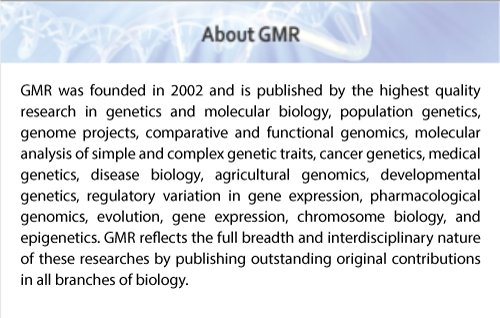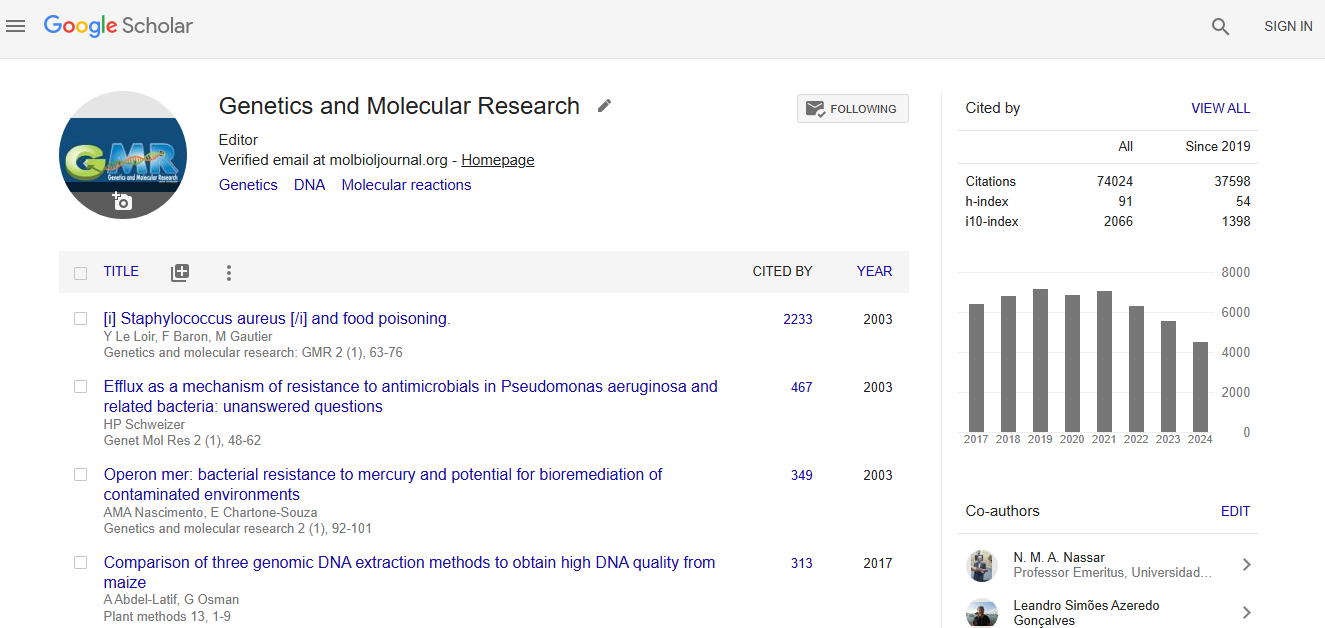Abstract
Screening and identification of cucumber germplasm and rootstock resistance against the root-knot nematode (Meloidogyne incognita)
Author(s): X.Z. Li and S.X. ChenRoot-knot nematodes (Meloidogyne spp) are destructive agricultural pests that reduce the productivity of cultivated vegetables worldwide, especially when vegetables are cropped continuously in greenhouses. Cucumbers (Cucumis sativus L.), in particular, suffer extensive damage due to root-knot nematodes, and only a few wild species are known to be resistant. Grafting of cultivated plants to rootstocks of known resistant germplasms could be an effective method to resolve this problem. In this study, 21 cucumber germplasms and seven rootstocks were evaluated for resistance based on the growth of cucumber seedlings and resistance indexes to Meloidogyne incognita, which were surveyed 25 days after inoculation with M. incognita. Cluster analysis and principal component analysis (PCA) were used to investigate the resistance of 21 cucumber germplasms and seven rootstocks based on their growth and resistance indexes after inoculation with M. incognita. These analyses showed that the 21 germplasms and seven rootstocks could be divided into three groups based upon their resistance levels: moderately resistant, susceptible, and highly susceptible to M. incognita. All 21 cucumber germplasms exhibited susceptibility or high susceptibility to M. incognita and most rootstocks exhibited moderate resistance. The PCA results were consistent with those of the clustering analysis. The Jinyou No.1 cultivar had the highest resistance to M. incognita among the 21 cucumber germplasms, and Huangzhen No.1 cultivar had the highest resistance among the seven rootstock cultivars.
Impact Factor an Index

Google scholar citation report
Citations : 74024
Genetics and Molecular Research received 74024 citations as per google scholar report
